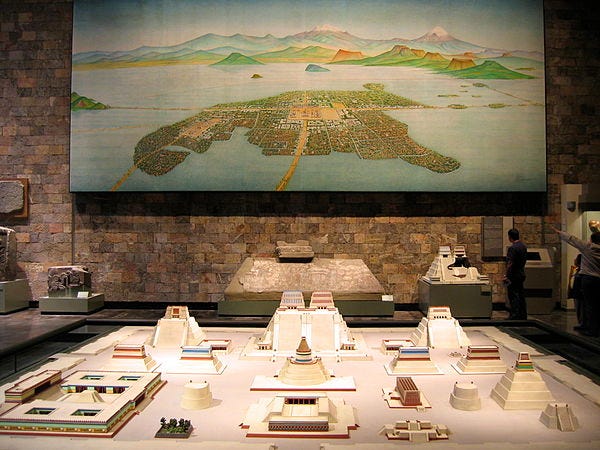I like to water the garden. It’s the dry season here in Mexico City. I was a weather buff in Buffalo, where I grew up. There, the weather is changeable, dramatic, prone to extremes. 90F+ August days, subzero winter nights. There was a night I recall in about 2002 when I still lived in Western NY (please, it’s not Upstate), when it grew so cold one night that the pine trees behind my house began to freeze. The sap got so cold the tress began to pop. I learned that Native Americans actually called such nights the moon of “the popping trees.”
I also sailed, while there. My friend, the late, great Peter Hare, and I owned a boat named Olly. We sailed it on Lake Erie. The more interesting the weather, the better. The winds and clouds could swell, and the whole lake roil and boil. The weather in Buffalo was interesting. Trees could come down in treepocalypse, our boat nearly capsize in 7 foot waves, basements flood, or fields burn brown in late summer heat. I studied clouds, learned their kinds, watched them grow and ebb in the skies above me as I lay on my back on an autumn day. And snow.
The snow could bury you in mounds, like the Blizzard of ‘77, and several others after that. Just so much snow, which was fun until I had to drive in it, shovel it, watch rooves in the neighborhood buckle under it. But we always came back. We’d shovel the snow, clear the ice, steer the boat home, chop the fallen trees, harvest the crops. We’d always come back.
In Mexico City, there hasn’t been snow since the mid 1960s. There is no weather. There are only seasons as predictable as the sunrise. There is the dry season, and there is monsoon season. There is little variability in the weather. The dry season lasts from about November until about May, give or take a few weeks. It has rained about 0.5 inches since November this year. No worries, though, because the rains will come in May and last again for 5 months with near clockwork precision, turning everything green under daily monsoon rains that arrive at about 4 or 5pm and stop around 9pm.
When the rainy season comes, everything comes back to life. The garden blooms and thrives under the daily blessing of water. The Aztecs ensured the return of the rain with sacrifices of children to Tlaloc, the god of thunderstorms. People made other sacrifices to Tlaloc throughout the year, in pilgrimages to his temples and shrines around the Valley where Mexico City is now, and where the bountiful city of Tenochtitlan was situated in a crystal lake before the Spaniards came and filled it. The rains would have come without the sacrifices, because nature’s cycles care not one whit about what we do. We do it all to comfort ourselves, to provide some reason and rationale for our daily existence, to superimpose patterns of habit over nature’s patterns. It empowers us.
So when I water the garden during the seemingly interminable dry season, fighting to keep the flowers, plants, and trees thriving, knowing full well that in a few months the rains will come and take that duty over for me for a few months, I create my own patterns, my own rituals. Like watering the birds.
The birds around here must grow rather desperate for the rains. The only river nearby has gone totally dry as it does each year. There are no natural sources for water in the suburban sourthern valley, far from the dead lake bed filled by sinking buildings, perched on rocks left by the lava from the sudden eruption of Xitle 1500 years ago. They come for the gardens, and the sprinklers and gardeners like me fighting against the drought, keeping the flowers, trees, and lawns green, or as nearly green as possible in the mile-high, bone-dry, half-year drought.
I spray the trees and bushes with water and watch these little birds taking delightful, thankful baths in the moistened leaves, chirping giddily, inviting their friends. I cannot help but smile and watch their reveries in the glistening, rapidly drying drops on thirsty leaves and branches. They come back, we all come back, life goes on, the sunrise comes, and the rains return. Resilient.





